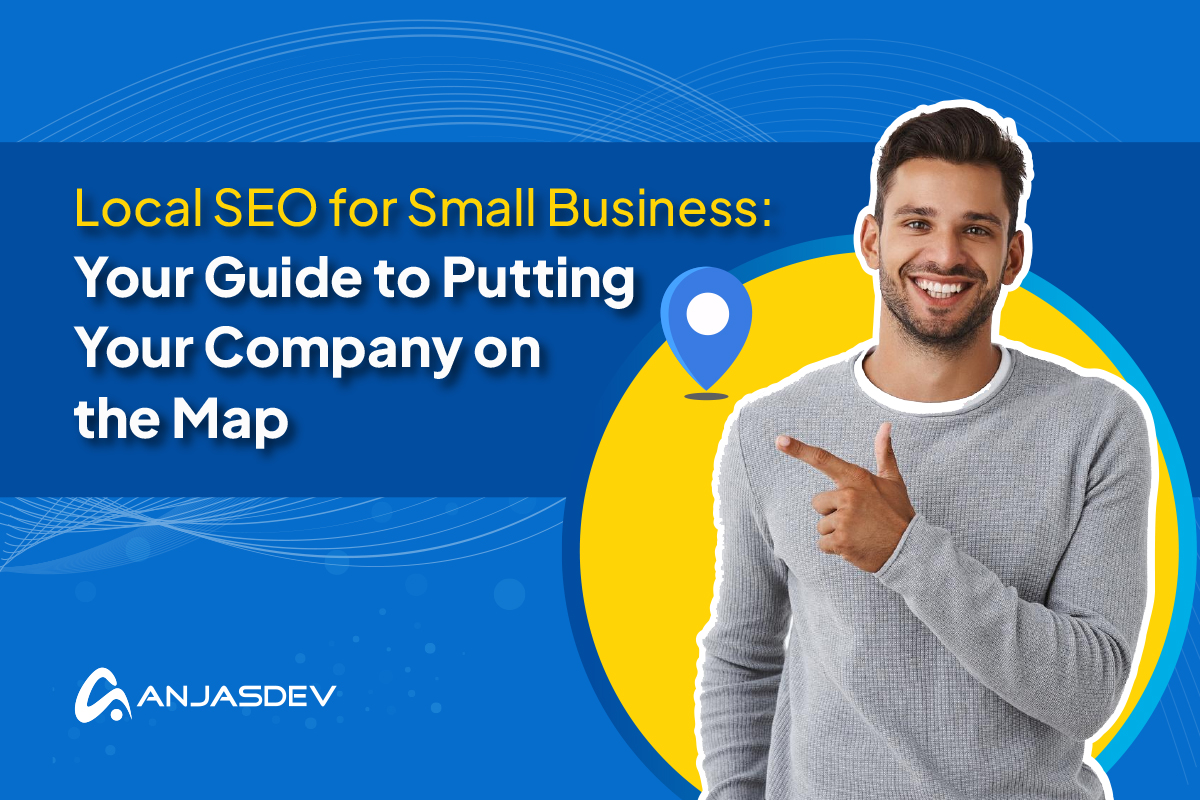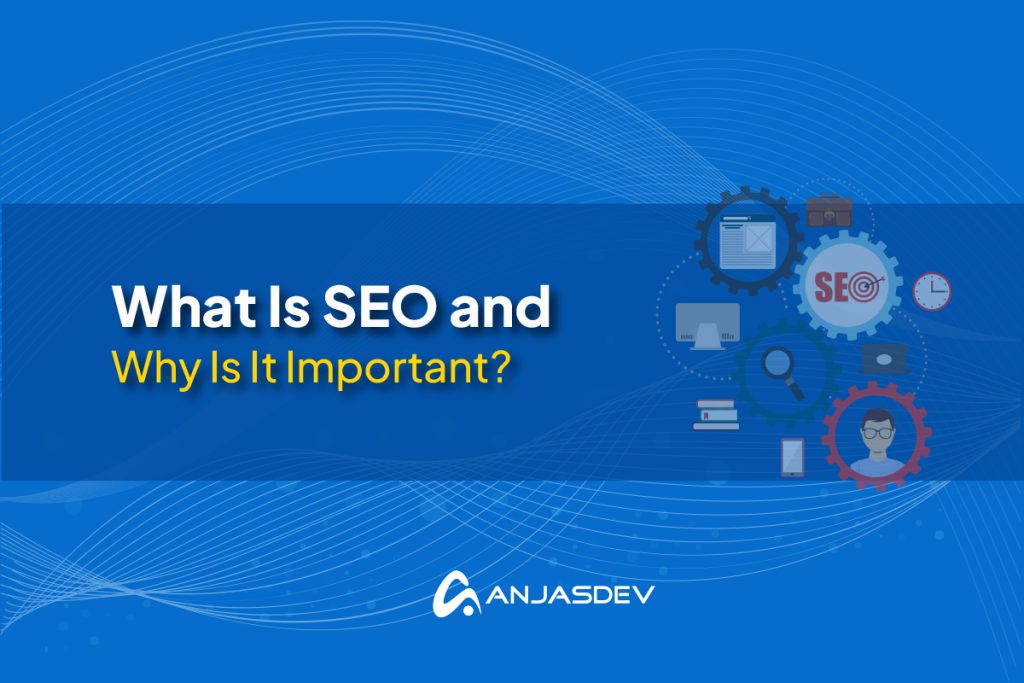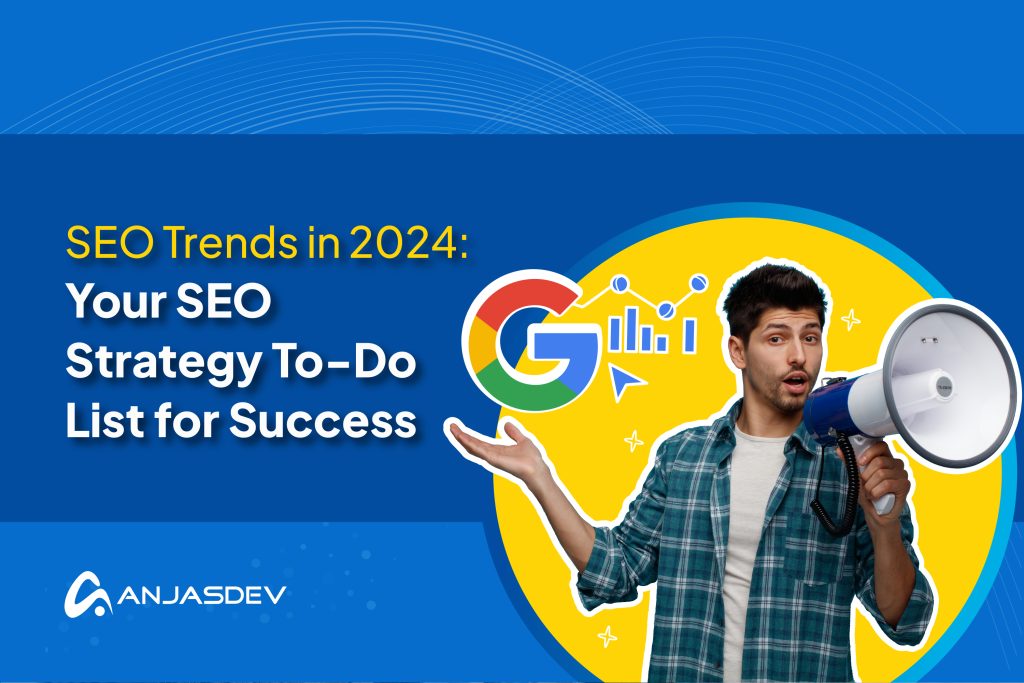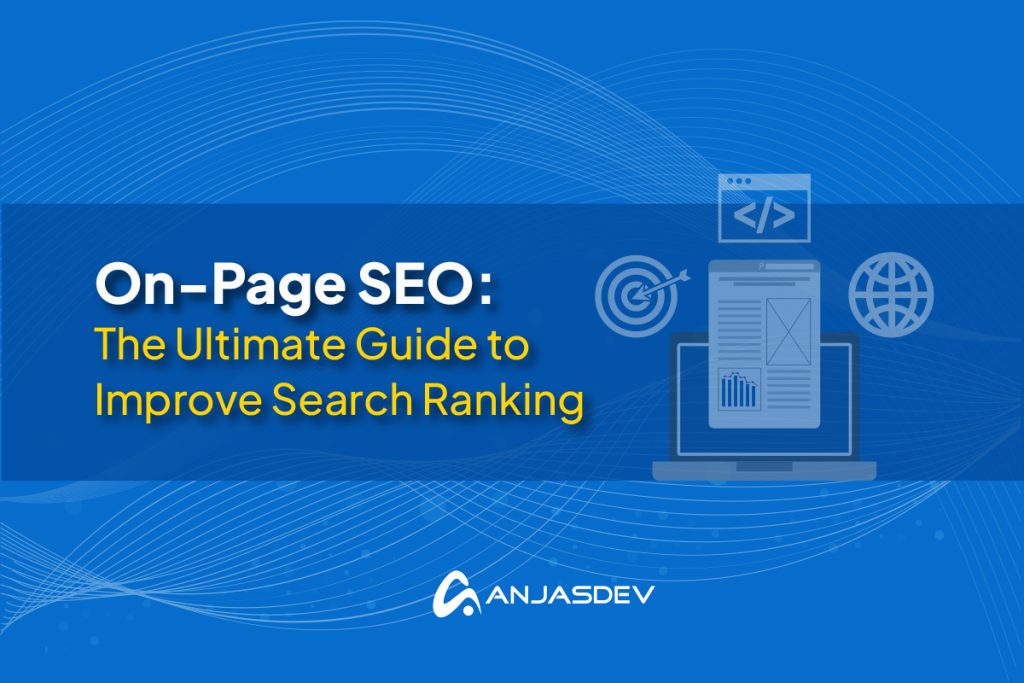For small businesses, tapping into the local market is not just a strategy; it’s a potential goldmine for driving sales. This applies not only to your physical storefront if you have one, but also to your virtual one. Local SEO, which stands for Local Search Engine Optimization, is the key to unlocking this potential, making your business seen by those likely to be the most qualified leads.
Over 69% of web traffic comes from local searches and organic traffic, and in 2022, at least 98% of all internet users looked up information about local businesses in their area.
We’ll examine how you can use local SEO to benefit your business and ensure your brand’s voice is heard where it matters most.
Understanding Local SEO
If you’re new to the term, local SEO is all about making your business relevant and visible to users in a specific geographic location. It’s the set of practices that ensure your business pops up when someone in your area searches for a product or service you offer.
While all SEO makes sure your business is seen, local SEO also needs to make sure that it caters to Google’s Local Search Algorithms. These algorithms look at 3 local SEO ranking factors, so it’s important to get these right to maximize your business’s online visibility in local searches.
- Relevance: How closely matched are the search query and keywords to that of the business website and Google Business Profile?
- Distance: How far away is the user from the business in question? Businesses that are closer and meet the criteria will rank higher in that user’s search results.
- Prominence: How important Google thinks your business is to customers. This can be influenced by anything from reviews to your website’s adherence to the Googe Search Quality Guidelines.
The core components of your local SEO checklist should include the following for maximum impact.
- A great quality Google My Business listing with up-to-date information, images, and photos.
- On-page optimization for local SEO, including specific long-tail keywords for your industry.
- Citation building in local and industry directories.
- Encouraging reviews and ratings of your business and making timely responses.
- Creation of local content to increase reach and relevance.
Keep reading, and we’ll discuss the benefits and factors of local SEO and how you can achieve them in more detail.
Claiming and Optimizing Your Google My Business Listing
As part of your local SEO for small business efforts, one of the first empowering steps you can take is to claim your Google My Business listing. This is about more than just better search results and easier access for potential customers to your business details. It’s about taking full control of your online presence, preventing others from creating a listing for you, and confidently shaping your brand’s image. After all, it’s your business, and you should be the one in control!
To set up your Google My Business Listing, you will need a Google My Business Account. To do this, you can follow the link here, and once your account is created, you’ll want to add your business information. As a general baseline, you’ll need:
- Name, address, and phone number (NAP) of your business as well as its website URL if you have one (it is possible to use a Facebook page)
- Business category (we’ll cover this in more detail shortly)
- Hours of operation
- Photos and videos, including your storefront, so people know what to look for.
Once you claim your listing and have the basic information on it, you should continue there for the best local SEO results.
Optimizing your listing
If you don’t choose the right business categories to describe your business, potential customers will likely not be able to find it easily. This is because Google uses these categories for the “prominence” and “relevance” rankings we talked about earlier, qualifying whether the business category best meets the user’s needs.
With over 4000 categories to choose from, you will be able to find one that works for your business and be specific about it. For example, instead of just choosing “restaurant” as a business category, drill down more into what you offer, such as picking the “Tex-Mex restaurant” one to increase specificity and reach more qualified leads.
You’ll want to keep those who have clicked on your My Business listing around for as long as possible in order to potentially convert them into leads. One way to do this is to write an engaging but informative business description that lets them know exactly who you are.
Remember to think about your company’s image quite literally. Adding good-quality, relevant photos and videos of your business goes a long way in persuading potential customers and helps to solidify your validity as a business. Let’s use our Tex-Mex restaurant from earlier as our example here. Good pictures will not only include the restaurant’s exterior and interior but also pictures of the restaurant team, artfully presented dishes, or even a short video of the chef preparing them.
Remember, your Google My Business Listing is not a one-time setup. It’s a commitment to your online presence. Regular updates ensure that they accurately reflect your business, preventing any surprises for your customers. There’s nothing worse than looking up a business only to find that its opening hours have changed when you get there or having a store remodel and not showing it off! Stay committed to your online presence, and it will pay off.
On-Page Optimization for Local SEO
We’ve examined what you can do regarding Google and your business listing there, but you should also ensure that your website is optimized for local SEO.
- Optimize your website content for local keywords. These are specific words or phrases that people in your area are likely to use when searching for businesses like yours. For example, if you are a locksmith in Denver, include keywords such as ‘locksmith Denver,’ ‘Denver locksmiths,’ ‘locksmith services in Denver, CO,’ and so on.
- Create location-specific pages to directly tap into and speak to certain local markets. This is especially important if your business operates from multiple locations.
- Incorporate NAP information on your website to reinforce the details on your Google My Business Listing and also allow for this to be picked up by the algorithms for search results.
- Optimize titles, meta descriptions, and headers in line with industry and location-specific keywords to increase relevance to search engines.
If you’re ready to take your local SEO to the next level, consider partnering with the experts at AnjasDev. Our comprehensive local SEO services are designed to put your business on the map and provide invaluable guidance on the world of local advertising. Get in touch with us today to start your journey towards enhanced online visibility and increased customer engagement.
Building Local Citations
Local citations are mentions of your business on other websites. Often, these are things like local directories, local business associations, and industry-specific directories. By earning a citation on sites like these, you can gain extra traffic from clickthroughs.
However, for local SEO citations to work, you need to ensure consistency in your business details and NAP to avoid errors that could cost you business.
Building local citations happens easily if you have taken all of our previous tips to heart, especially when it comes to your Google My Business Listing. However, you can also be proactive and ensure you place yourself in prominent online directories, such as Yelp or Foursquare.
Encouraging and Responding to Reviews
Online reviews have become a crucial factor in the success of local businesses. Encouraging customers to leave reviews is essential, as it not only boosts online visibility but also builds trust and credibility. Strategies such as offering incentives, sending follow-up emails after a purchase, or making it easy to leave reviews through QR codes or links either on your website or placed in your physical store can effectively encourage customers to share their experiences.
Responding to both positive and negative reviews is equally important. While it can be easy to respond to glowing praise, when it comes to negative reviews, remember to keep a professional approach, acknowledge the corns and grievances, and put forward ways to resolve them. This not only demonstrates your dedication to customer satisfaction to potential customers but also provides an opportunity to showcase responsiveness and willingness to improve.
Reviews can also serve as valuable user-generated content (UGC), providing insights into customer preferences, pain points, and areas for improvement. Detailed reviews can also be used (with relevant permission) as content for your website or even to add to our business’s photo portfolio.
Creating Local Content
Creating local content is a great way to foster engagement from your local community and customer base. For this, using your website and social media are key. Types of local content include:
- Blog posts: either on your own website or you could offer expert industry advice as a guest blogger to create a useful backlink to your business.
- Videos: from informative to entertaining, videos are great attention grabbers.
- Guides and resources help build your reputation as a trusted source of quality services, products, and expertise.
If you create any local content, remember to shout about it! Also, remember to promote it on any business socials you have to increase its visibility.
Wrap-up
In summary, local SEO is something other than what you want to sleep on as a business. Tapping into your local market by increasing your visibility to those closest to you can make all the difference, especially for newer businesses starting out who have yet to get their name out there.
Remember to get your Google My Business Listing looking its best and make your website cater to local and further-afield eyes. As always, though, things often change, so remember to keep your fingers on the pulse for the new local SEO trends of 2024 and beyond.
Here at AnjasDev, we pride ourselves on being your local SEO guide no matter where you are in the world. We’ll use data-driven insights to help you optimize your online presence to cater to qualified local leads and provide an onward path to business success. Start a conversation with us to see how we can help you.




